Electric stoves are a common appliance in our kitchens, but they can sometimes overheat and pose safety risks. This step-by-step guide aims to help you prevent electric stove overheating by providing practical tips and advice. From simple maintenance tasks to safety precautions, this guide will ensure that your electric stove operates efficiently and safely, keeping your kitchen a secure environment. So, let’s dive into the world of electric stoves and learn how to prevent overheating!
Top-selling electric stoves



Troubleshooting and Solutions for an Overheating Oven | Repair and Replacement Guide
Check Ventilation
- Ensure proper ventilation: Make sure that the area surrounding your electric stove is well-ventilated. Adequate airflow is crucial for preventing overheating and maintaining the stove’s performance.
- Remove obstructions: Take the time to remove any objects or materials that may be blocking the vents. These obstructions can hinder the airflow and lead to potential overheating issues. Examples of obstructions include kitchen utensils, cookware, or any other items that are in close proximity to the vents.
- Regular maintenance: To ensure optimal performance, it is recommended to clean the vents regularly. Use a soft cloth or a brush to remove any dust or debris that may have accumulated over time. This will help maintain proper airflow and prevent any blockages.
- Professional assistance: If you notice persistent overheating issues or if you are unsure about the ventilation setup, it is advisable to seek professional assistance. An electrician or stove technician can provide guidance on ventilation requirements specific to your electric stove model.
Remember, proper ventilation is essential for the safe and efficient operation of your electric stove. By following these steps, you can maintain a well-ventilated area and ensure optimal performance.



Clean the Stove
Regularly clean your electric stove to prevent the accumulation of dust, debris, or grease. Start by unplugging the stove and allowing it to cool down completely. Use a damp cloth or sponge to wipe down the surface of the stove, paying special attention to areas with spills or stains. For tougher stains or grease, use an appropriate cleaning agent recommended by the manufacturer. Follow the instructions provided by the manufacturer for any specific cleaning procedures. Make sure to dry the stove thoroughly before plugging it back in and using it again.
Inspect Power Cord
To inspect the power cord of your electric stove, start by visually examining it for any signs of damage or fraying. Look for cuts, exposed wires, or loose connections. For example, if you see any exposed wires, it is essential to replace the power cord immediately. Additionally, if you notice any cuts or fraying, it is crucial to replace the power cord to avoid potential hazards.
Avoid Overloading Circuits
To ensure that your electric stove is not connected to an overloaded circuit, make sure it is the only high-power appliance connected to that circuit. Avoid using multiple high-power appliances, such as a microwave or dishwasher, on the same circuit to prevent overheating. By following these steps, you can prevent circuit overloads and reduce the risk of electrical fires.
Monitor Cooking Temperatures
To monitor cooking temperatures on your electric stove, keep a close watch on the heat level. Avoid cranking it up too high, as this can cause overheating. Adjust the temperature accordingly to meet your specific cooking needs. For example, if you’re simmering a sauce, you may want to lower the heat to maintain a gentle bubble. By regularly checking the temperature and making appropriate adjustments, you can ensure your dishes are cooked perfectly without any risk of burning or scorching.
Use Proper Cookware
To choose cookware suitable for electric stoves, opt for flat-bottomed pans with smooth surfaces. This will guarantee even heat distribution and prevent hotspots. Using such cookware will ensure that your food is cooked consistently and thoroughly.
Avoid Flammable Materials
To minimize the risk of overheating and potential fire hazards, keep flammable materials away from your electric stove. Follow these steps:
- Remove paper towels, plastic bags, or curtains from the vicinity of your electric stove.
- Store these flammable materials in a safe and designated area, away from the stove.
- Regularly check the area around your stove to ensure no flammable materials have been accidentally left nearby.
- Educate yourself and others in your household about the importance of keeping flammable items away from the stove to prevent potential fires.
Regular Maintenance
To properly maintain your electric stove, it is important to follow the manufacturer’s instructions. This may involve cleaning or replacing specific components as directed. By adhering to these guidelines, you can ensure optimal performance and prevent the risk of overheating.
Key takeaways and final thoughts
In conclusion, preventing electric stove overheating is essential for maintaining safety in your kitchen. By following the steps outlined in this guide, you can effectively prevent overheating and avoid potential hazards. Remember to keep the stove clean, ensure proper ventilation, maintain a safe distance from flammable objects, and regularly inspect and maintain the stove’s components. By taking these precautions, you can enjoy hassle-free cooking and peace of mind in your kitchen. Stay safe!
Necessary Equipment


Preventing Stove Overheating
Operating Instructions for Electric Stove
- Ensure that the electric stove is properly plugged into a grounded electrical outlet
- Familiarize yourself with the stove’s control panel and knobs. Typically, there will be separate controls for each burner
- Before turning on the stove, make sure that the burners are clean and free from any spills or debris
- To turn on a burner, first, identify the corresponding control knob for that burner. Turn the knob to the desired heat level, usually indicated by high, medium, or low settings
- Allow the burner to preheat for a few moments before placing the cooking pot or pan on top
- Adjust the heat level as necessary during cooking by turning the control knob clockwise to increase the heat or counterclockwise to decrease it
- To turn off a burner, simply turn the control knob for that burner to the “off” position
- Once you finish cooking, allow the stove to cool down before cleaning it. Use a mild detergent and a non-abrasive sponge or cloth to wipe down the surface
- Remember to unplug the electric stove when not in use to ensure safety and conserve energy
Frequently Asked Questions about Electric Stoves
How does an electric stove work?
An electric stove works by converting electrical energy into heat. When you turn on the stove and adjust the temperature, an electric current is sent to the heating elements located under the stove’s cooking surface. These heating elements are typically made of a conductive material, such as metal or ceramic, which allows electricity to pass through them easily.
As the electric current flows through the heating elements, they begin to heat up. The heat generated by the elements is then transferred to the cooking surface above them, which in turn heats up the cookware placed on top.
Electric stoves usually have different heating elements, such as burners or coils, that can be individually controlled to provide variable heat levels. This allows you to adjust the temperature according to your cooking needs.
Unlike gas stoves, electric stoves do not require an open flame or a gas supply. They rely solely on electricity to generate heat, making them safer and more convenient to use. Additionally, electric stoves provide consistent heat distribution across the cooking surface, which can result in more even cooking.
Are there any specific installation requirements for an electric stove?
Yes, there are specific installation requirements for an electric stove. Here are some important factors to consider:
- Electrical Supply: Ensure that you have the correct electrical supply for the electric stove. It typically requires a dedicated 240-volt circuit with the appropriate amperage rating as specified by the manufacturer. Hire a licensed electrician to assess your electrical system and make any necessary modifications.
- Location: Choose a suitable location for your electric stove. It should have a level and non-combustible surface, such as tile or laminate. Avoid placing the stove near flammable materials or near curtains, furniture, or windows.
- Ventilation: Electric stoves generally do not require ventilation for combustion gases like gas stoves do. However, proper ventilation is still crucial to remove excess heat and odors. Ensure that there is sufficient ventilation in the kitchen to prevent any buildup of heat or moisture.
- Clearances: Maintain proper clearances around the electric stove to ensure safety. Refer to the manufacturer’s guidelines for specific clearance requirements, but typically, there should be a minimum distance between the stove and adjacent walls, cabinets, or countertops.
- Stabilization: Ensure that the electric stove is stable and securely installed. Follow the manufacturer’s instructions for attaching any anti-tip brackets and properly leveling the stove.
- Wiring and Connections: Hire a qualified professional to make the electrical connections. They will ensure that the wiring is properly grounded and connected according to electrical codes and regulations.
- Permits and Inspections: Depending on your local regulations, you may need to obtain permits and schedule inspections for the installation of an electric stove. Check with your local building department to ensure compliance.
Are there any additional accessories or features that can enhance the functionality of an electric stove?
Yes, there are several additional accessories and features that can enhance the functionality of an electric stove. Here are a few examples:
- Cookware: Investing in high-quality, flat-bottomed cookware with even heat distribution can improve cooking performance on an electric stove. Look for pots and pans with thick, heavy bottoms for optimal heat retention and efficiency.
- Induction-ready cookware: If you have an induction electric stove, using induction-compatible cookware is essential. These pans have magnetic properties that allow them to generate heat directly from the stove’s electromagnetic field, resulting in faster and more precise cooking.
- Temperature probes: Some electric stoves offer temperature probes that can be inserted into food while it’s cooking. This feature allows you to monitor the internal temperature of meat or other dishes accurately, ensuring they are cooked to perfection.
- Griddle or grill attachments: Many electric stoves have interchangeable griddle or grill plates that can be placed over the burners. These attachments add versatility to your cooking options, allowing you to prepare items like pancakes, sandwiches, or grilled vegetables without needing a separate appliance.
- Warming drawers: Certain electric stoves come with built-in warming drawers. These drawers keep cooked food at a consistent temperature, allowing you to serve warm meals even if timing or multiple dishes are involved.
- Safety features: Electric stoves often come with safety features such as child lock controls, automatic shut-off timers, and residual heat indicators. These features help prevent accidents, promote energy efficiency, and provide peace of mind.
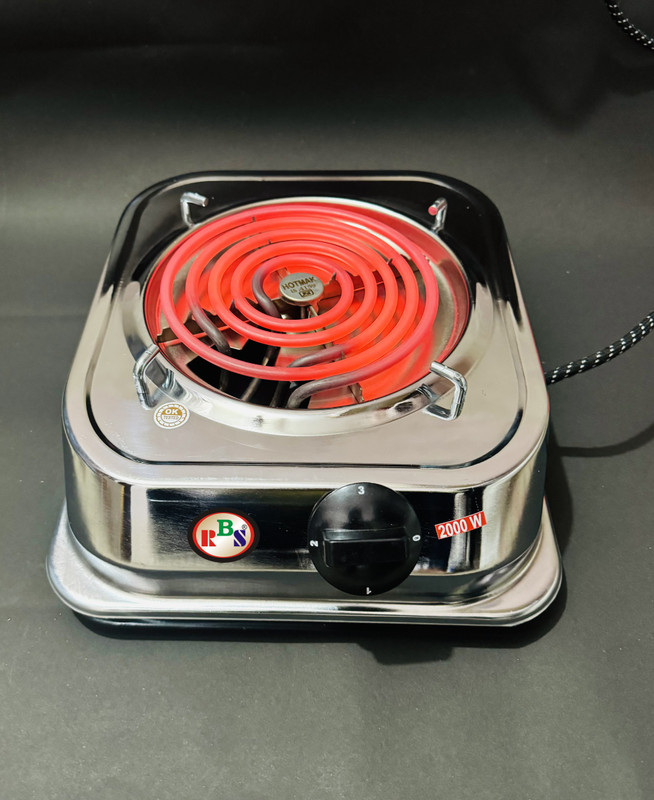

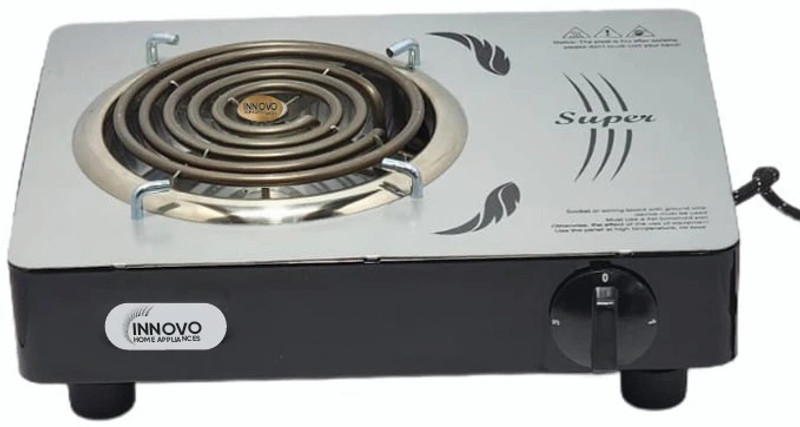
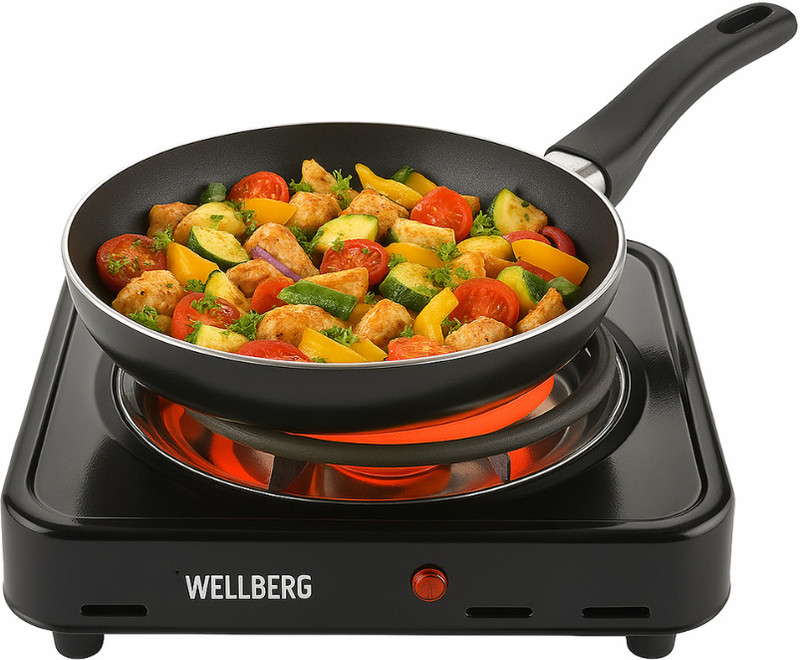
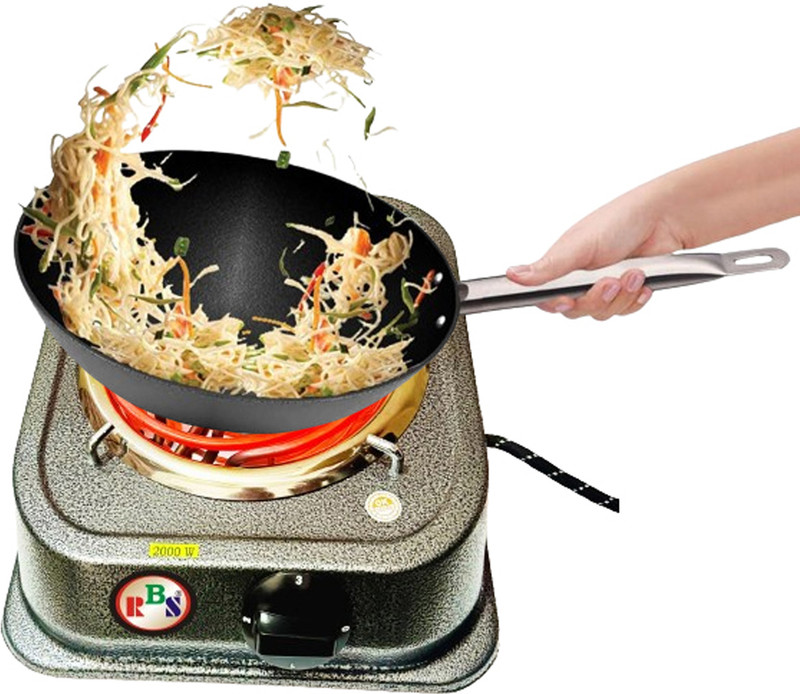
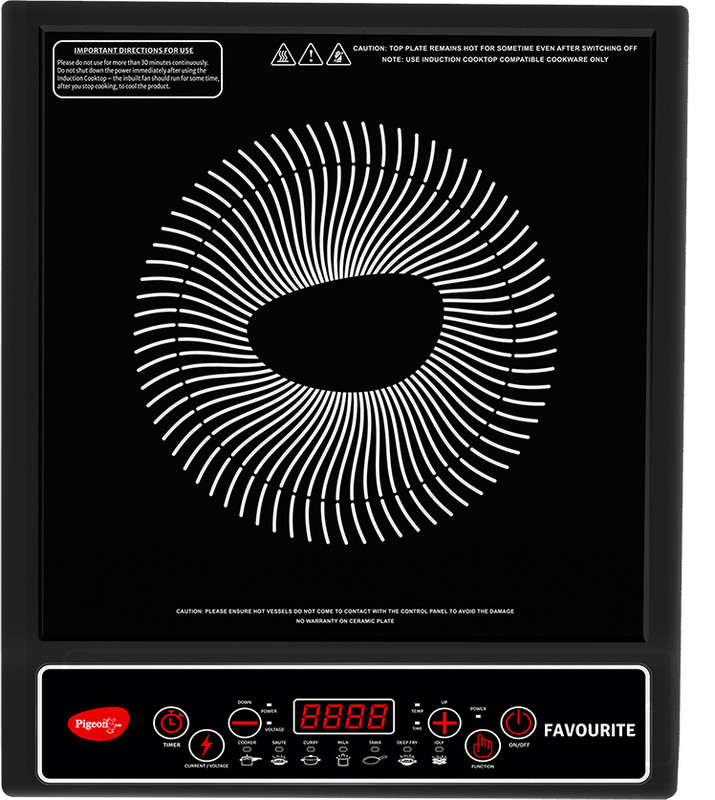




I’ve been guilty of overloading the stove before. It’s good to be reminded of the risks.
I’m glad I stumbled upon this article. It’s crucial to prioritize stove safety, especially with kids around.
Great tips! I never knew about the importance of cleaning the vents regularly.
It would be helpful to include some specific temperature ranges to watch out for.
I appreciate the suggestion to keep flammable materials away from the stove. Safety first!
I had no idea that using the wrong cookware could cause overheating. Thanks for the heads up!
This article has motivated me to invest in a fire extinguisher for my kitchen.
I wonder if there are any smart features in electric stoves that can automatically prevent overheating.